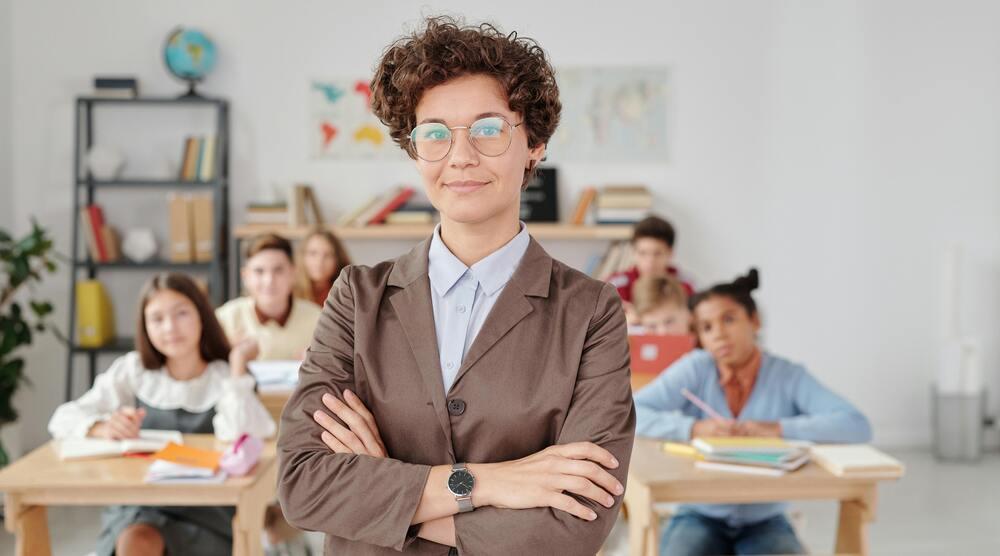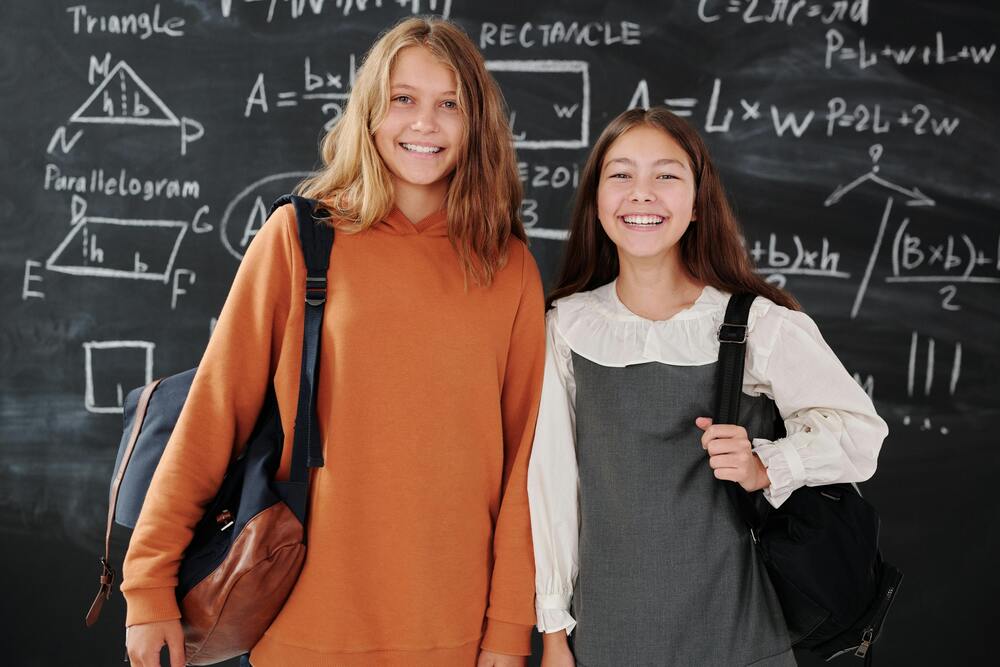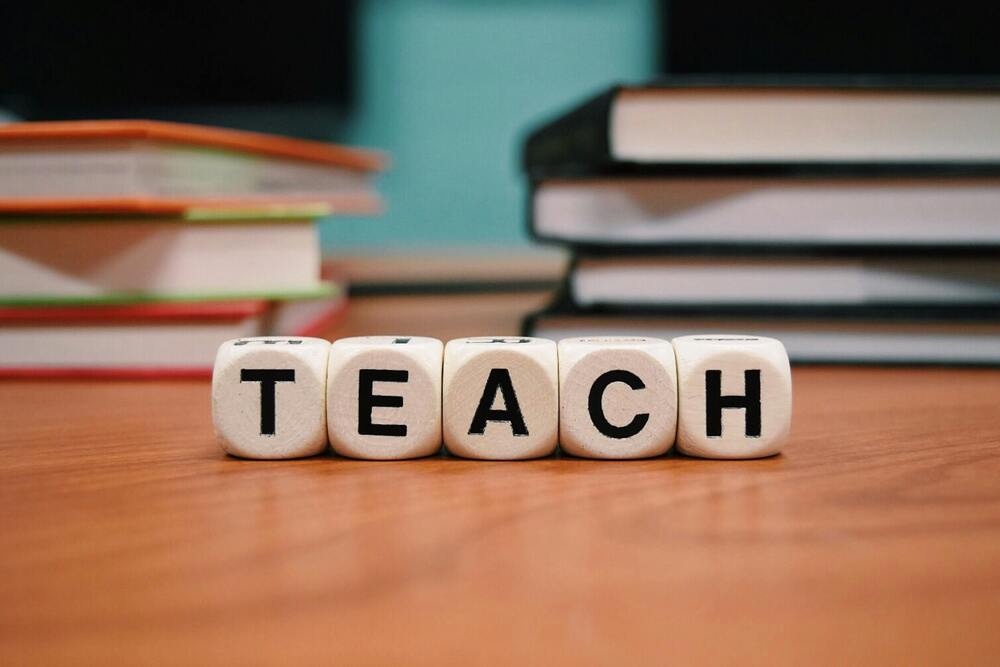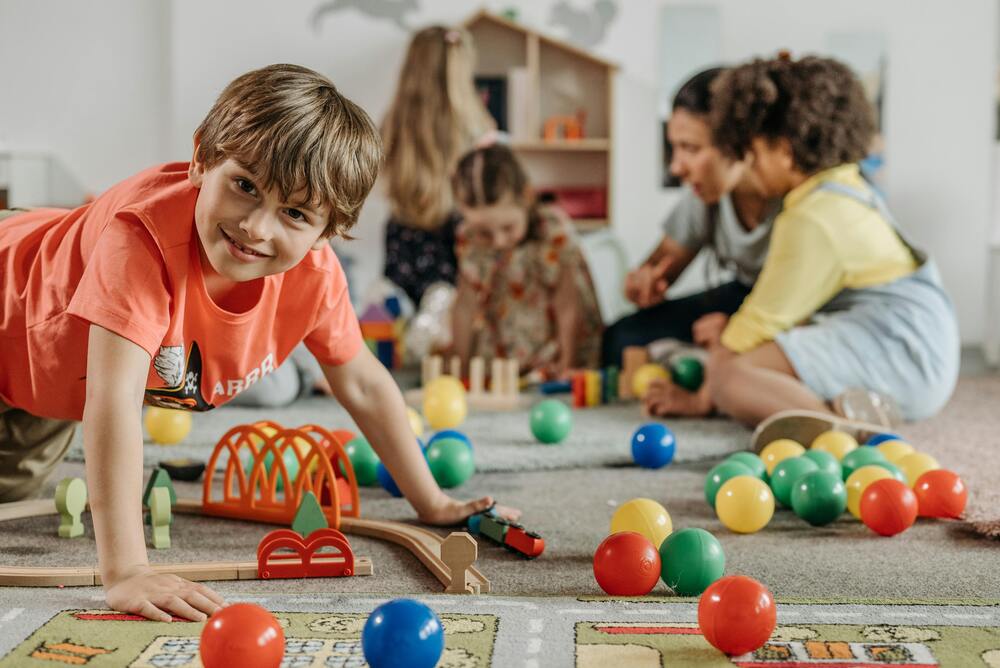In recent years, the flipped classroom model has gained significant traction in educational circles, promising a revolutionary approach to teaching and learning. But does it really work? This blog delves into the effectiveness of the flipped classroom model, backed by compelling statistics and insights, while also exploring its advantages and challenges. ?✨

What is the Flipped Classroom Model?
The flipped classroom model is an instructional strategy where traditional learning environments are inverted. Instead of introducing new content in class and assigning homework for practice, students first engage with new material at home—often through videos or readings—and then use class time for discussions, problem-solving, and hands-on activities. This approach aims to foster deeper understanding and enhance student engagement.
Key Statistics on Flipped Classrooms
To understand the impact of the flipped classroom model, let’s look at some statistics from various studies:
| Statistic | Percentage (%) |
|---|---|
| Students who reported improved understanding | 70% |
| Teachers who prefer the flipped model | 85% |
| Increase in student engagement | 60% |
| Improvement in academic performance | 30% |
These statistics highlight a significant shift in both student and teacher perceptions regarding the effectiveness of this model. For more detailed insights, you can check out resources from Edutopia.
Advantages of the Flipped Classroom
-
Enhanced Student Engagement: With the flipped model, students are more engaged during class time. They come prepared with questions and are ready to participate actively in discussions. This active learning environment can lead to better retention of information. ?
-
Personalized Learning: The flipped classroom allows students to learn at their own pace. They can pause, rewind, and review video lectures as needed, catering to different learning styles and speeds. This flexibility is particularly beneficial for students who may struggle with traditional teaching methods.
-
Increased Collaboration: Class time can be used for collaborative projects and peer-to-peer learning. Students often learn better when they can discuss and work through problems together, fostering a sense of community in the classroom. ?
Challenges of the Flipped Classroom
While the flipped classroom model has many advantages, it also comes with its own set of challenges:
-
Access to Technology: Not all students have equal access to the necessary technology at home. This digital divide can hinder the effectiveness of the flipped classroom model, making it essential for schools to provide resources and support.
-
Preparation Time for Teachers: Teachers need to invest time in creating high-quality video content and resources. This preparation can be daunting, especially for those who are not tech-savvy.
-
Student Accountability: The success of the flipped classroom relies heavily on students completing their pre-class assignments. If students do not engage with the material at home, they may struggle during class activities.
Comparative Analysis of Traditional vs. Flipped Classroom
To further illustrate the differences between traditional and flipped classrooms, let’s take a look at the following table:
| Aspect | Traditional Classroom | Flipped Classroom |
|---|---|---|
| Learning Environment | Teacher-centered | Student-centered |
| Homework | Assigned after class | Completed before class |
| Class Time Usage | Lecture-focused | Interactive activities |
| Student Engagement | Passive | Active |
| Teacher Role | Lecturer | Facilitator |
This comparison clearly shows how the flipped classroom model shifts the focus from teacher-led instruction to a more interactive and engaging learning experience.
Real-World Examples
Several educational institutions have successfully implemented the flipped classroom model. For instance, the University of Colorado Boulder reported a 20% increase in student performance in courses that adopted this approach. Similarly, a study conducted by the University of California found that students in flipped classrooms scored higher on exams compared to their peers in traditional settings.
For more case studies and success stories, you can explore The Flipped Learning Network.
Conclusion
The flipped classroom model presents a promising alternative to traditional teaching methods, offering numerous benefits such as enhanced engagement, personalized learning, and increased collaboration. However, it is essential to address the challenges it poses, particularly regarding technology access and student accountability. As educators continue to explore innovative teaching strategies, the flipped classroom model stands out as a viable option for fostering a more interactive and effective learning environment. ?
In summary, while the flipped classroom model may not be a one-size-fits-all solution, its potential to transform education is undeniable. As we move forward, embracing such innovative approaches could lead to a brighter future for students and educators alike.



